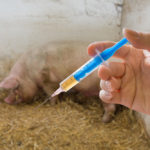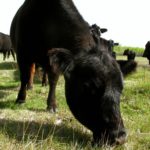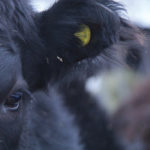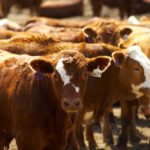
Tag Archives veterinary medicine

Herd health consultations necessary to buy antimicrobials
A veterinarian shares the process of establishing a veterinarian-client-patient relationship through a herd health consultation

Foot-and-mouth disease remains a threat to North American livestock
North America needs to prepare better for an outbreak of this economically important disease

VIDEO: Summer pasture concerns for cattle
Dry conditions, lack of good forages could see poor conception rates

Preventing anthrax in cattle
In dry years, livestock graze closer to the ground and may come in contact with spores

Immune test in the works to fight bovine respiratory disease
Research: News Roundup from the April 2019 issue of Canadian Cattlemen

Bold scientists and scientific scrutiny at odds in TSE research
To argue that prion diseases don't jump species barriers is wishful thinking

Coccidiosis affecting young calves in North Dakota
Coccidiosis may produce symptoms in calves three weeks to one year old, but it can infect all age groups

Chute-side diagnostics for bovine respiratory disease remain elusive
Vet Advice with Dr. Ron Clarke

Getting help from a diagnostic laboratory
Animal Health: Diagnostic testing is geared for disease prevention and control

Developing a better diagnostic for cryptosporidiosis
Research: News Roundup from the March 2019 issue of Canadian Cattlemen



